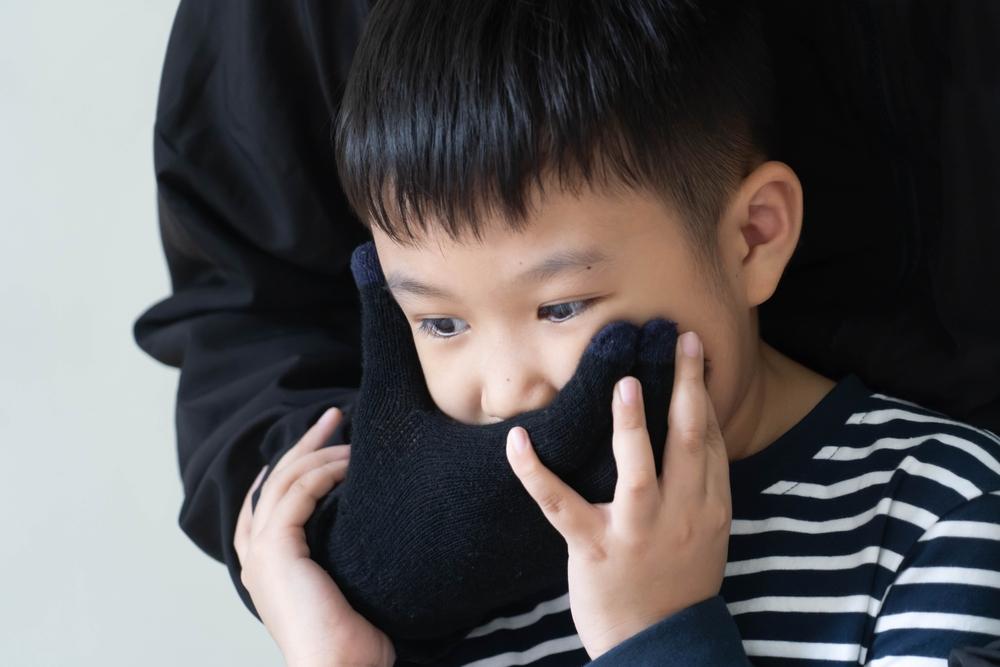In 2018, the United Kingdom Children’s Commissioner published an eye-opening report on the study of parents and their online sharing of information about their children. According to the report, parents are estimated to have posted 1300 photos and videos of their child to social media on average, by the time their kids are 13 years old. Multiply that by thousands of parents in the UK and the bigger picture is staggering.
The tendency of parents to share child-centric content is not limited to the United Kingdom. Parents all over the world have picked up this habit and are always updating their social media with pictures and videos of their children too. On a global scale, this issue can be concerning, and when combined with the internet’s borderless nature, it makes privacy virtually non-existent. Even if the original source has been deleted, it is nearly impossible to completely remove content from the Internet once it has been posted. As a result of your online activities, you leave a digital footprint on the Internet.
As we grow and evolve into the digital age, many concerns come along with it. The concept of ‘Sharenting’ is among one of the growing concerns.
What is ‘Sharenting’?
The term ‘sharenting’ was coined to describe parents who post their child-related content on social media. These contents can range from photographs of the children to videos documenting significant milestones in the child’s development, such as the child’s first words or first walk. Sharenting occurs when parents share these contents on public platforms where a large audience can view them. In this case, it is frequently social media platforms.

Why do some parents share pictures and videos of their kids on social media?

According to a journal titled Sharenting, Peer Influence, and Privacy Concerns: A Study on the Instagram-Sharing Behaviours of Parents in the United Kingdom (by Giulia Ranzini and friends), the experience of being a parent and the journey into parenthood shifts one’s identity. This process is made easier by the assistance of close friends, families, and relevant social networks. When they reach this stage, parents turn to social media to share their parenting journey, hoping that sharing contents about their child will help them connect with their online network.
Is ‘Sharenting’ bad?

It’s natural for parents to want to talk about and show pictures of their children. However, with the rise of social media, the pictures and videos of your children that you used to share with a small group of people can now be shared and viewed by the entire world.
When you consider this on a larger scale, it can be concerning as a parent because you may not know who is viewing your child-centric content. Finally, nothing online is completely private. While privacy settings are in place to allow you to control the reach of your content, there are still ways around it, such as screenshots.
At times, parents can also get carried away with sharing about their children online. Oversharing is one of the issues often criticised by media outlets and public alike when it comes to sharenting. Sharing of personal information such as the whereabouts of your child can put their immediate safety at risk. Before you post a picture of your child in school, you may just want to take a moment or two to ponder the question, “Will this information endanger my child’s security?”.
Issues that plagues ‘Sharenting’
- Oversharing
Many parents are not aware about boundaries and limits when it comes to posting about their kids. There are parents out there who document their child’s life closely and are unable to differentiate between what is appropriate to post and what isn’t. This lack of exercise in judgement causes them to overshare. - Privacy concerns
Privacy settings can create a false sense of security for parents. Even if your account is set to private and you approve follow requests from people you know, your followers can still screenshot and share pictures of your children from the private account. This may be risky as you may not truly know what someone’s intentions are. - Stranger Danger
When you post pictures of your children with important information, such as their school location or places they frequently visit, it can be abused by people with bad intentions. In the worst-case scenario, disclosing such sensitive information could put your child’s safety at risk.

Children because of their age are not aware of the types of content you’ll be posting about them nor will they get a say in it. Hence, it’s pertinent to take the child’s wellbeing into consideration before deciding to post about them.

Tips for responsible ‘Sharenting’
Parents and future parents are highly advised to reflect before hitting that ‘post’ button. Ask yourselves these questions before posting your child-centric content:
- Could my child be embarrassed with what I’m going to post, now or in the future?
- Would I want someone to share this about me?
- Why am I sharing this about my child? Is this the content I want to appear when someone searches for my children’s names on the internet?
Another element for parents to consider before posting content about their child is the child’s consent. Children because of their age are not aware of the types of content you’ll be posting about them nor will they get a say in it. Hence, it’s pertinent to take the child’s well-being into consideration before deciding to post about them.

Ultimately, parents should take into consideration the child’s wellbeing and safety before posting about them online. It’s also good to keep in mind that it’s totally okay if you don’t post key milestones of your kid’s childhood online.
Sources: Sage Journals (Social Media + Society), The Children’s Commissioner For England, The Guardian, Pew Research Center, Forbes















